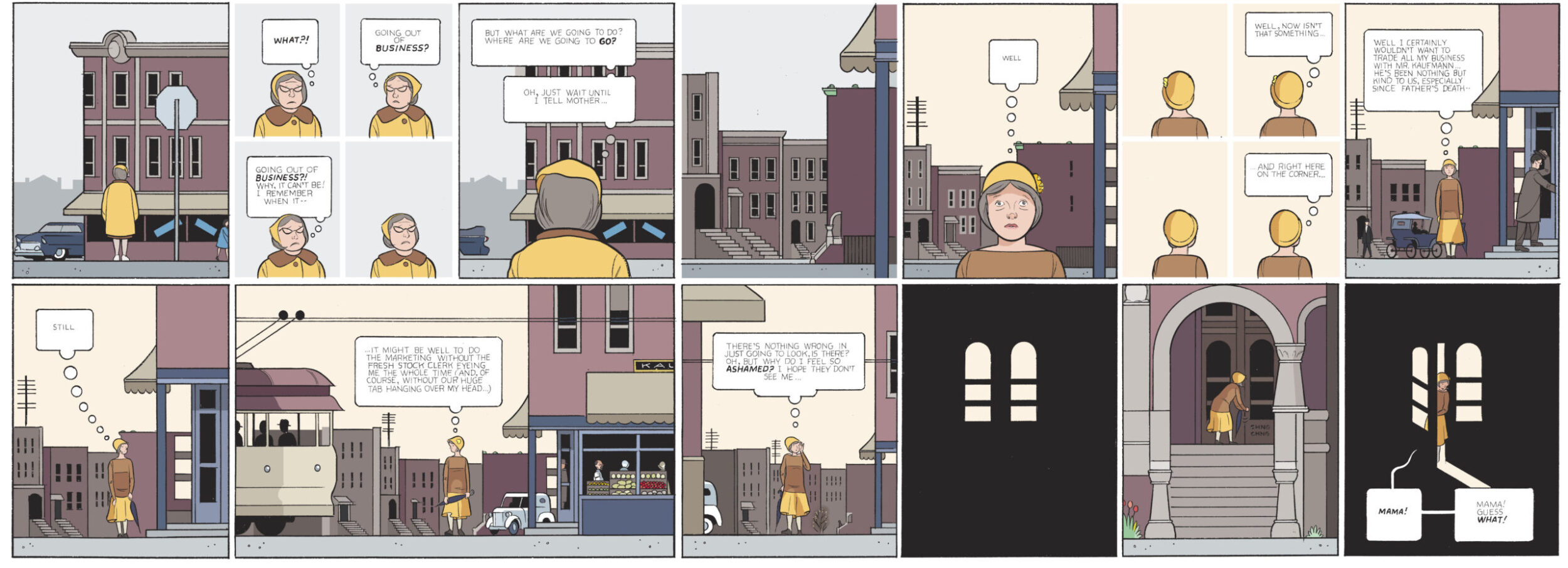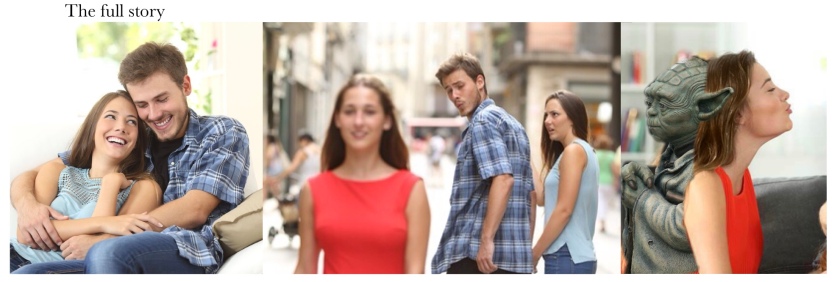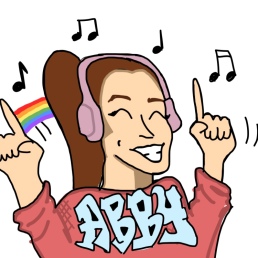Assemblies Sketch

ENG181.01. Spring 2021. Emory University

When creating this powerpoint, I organized my thoughts and argument based on the number of slides and my time limit. Similar to writing a paper, I did my researched and created a thesis as I normally would. Many times when writing a paper, as I write, I formalize and secure my argument through the writing process. With this project, I designated a specific number of slides to trauma and a specific number to healing (5 and 5) and made sure to have relatively the same amount dedicated to each novel. I struggled to keep the information down when practicing my presentation. Every time I presented I changed some of the information said depending on the time. It was difficult to think on my feet with the extreme time crunch. If, however, the project was twice as long, I still would have struggled because I would then try to include twice as much content instead of slowing down and going in more depth.
I do think it was helpful to organize my work with the mindset I had making this presentation. In writing, I sometimes lose my goal and have similar arguments in different sections. This project forced me to look at it as a whole rather than slide by slide to keep with the time and spacing. I can definitely carry this way of thinking into my written work to avoid redundancy and rambling. Removing the majority of words from a presentation makes the presentation much more engaging. It forced me as the audience to pay more attention because my brain couldn’t use written cues to shortcut my attention. I will take this into my future projects as well as emphasizing my focus on managing the time spent on each slide.
Returning to the written narrative after creating the comic version forced me to change the flow of my original story. I had a more concrete idea of the message I needed to relay so I adjusted the alphabetic narrative to be more straight to the point. I decided to dive right into my first memory and edit some of the unnecessary “fluff” from the narrative. I, also, added some more visual descriptions of my setting and scenario that were revealed in the comic version. It helped me see the story through an actual image which I brought back to my written narrative. My analytical thinking process was relatively similar throughout all parts of this project, but after making it into a comic, I was much more to the point with my analysis. I incorporated that back into my written narrative, making it more straightforward. I learned to take adjusted ideas from another medium and apply them back into a written work. It was definitely valuable to go back to the written narrative after making the comic, even just to see the different approach I took when telling the story through images.
This step in the literacy narrative project process has by far been my favorite. It definitely took me the longest to finish but working to put it together the way I wanted was well worth it. I took great inspiration from the works we’ve read so far to guide my moment, image, flow, etc. It was difficult to summarize and transform my alphabetic literacy narrative into a comic. I struggled when choosing which moments to use and how to jump through time. I settled on having the first page with the most panels dedicated to the main memory in my narrative, my dad reading me stories. I attempted to use the full page to show a hidden music note created across the panels. It was relatively successful, and I am happy with how the majority of my comic turned out.
I drew my first draft on loose leaf paper as a very, very rough sketch. After seeing how Small, and Walden go through time with their images, I realized I could convey a large amount of my literacy narrative in each page without needing the comic to be pages and pages long. A part of thinking about my narrative in terms of images made more sense in my head because that is how I see these memories, as images. My analytical process was not much different from writing the essay. I decided to use words to reveal my analysis on the last page. I struggled to think of a way to convey the message using more images, however, I think it makes the most sense this way.
My second page speeds through time to get to my second important memory, senior year Frankenstein project. This is similar to my essay narrative because I followed the story very closely. The main difference in crafting the comic was that I was able to depict these moments as if they were happening in the present. My third page includes the moment I realized I could tailor reading and writing to something I enjoyed. I slowed down time in the first four panels to emphasize this turning point in my life. I tried to have the two panels of just my head up close show the wheels turning when my teacher says I can choose how to present the project. I have myself look up from writing to show she caught my attention. I then switch back to a line or narration and finish the page with a panel from my point of view, like the first panel of the page. I tried to vary the frame and image many times throughout the comic. It was difficult not to have every image look similar, so I did some revising.
This project has gone through multiple steps of drafting and revision which helped me immensely. Starting with the literacy narrative workshop allowed me to get ideas down without even thinking about writing the story. Then, after having the essay done, drafting the comic was crucial because I had to move and change panels/pages to improve flow and include the creative elements of comics. If I had more time and resources, I would definitely make my handwritten text neater and more uniform, such as putting boxes around all the narration like the second page. Otherwise, I think the whole process allowed me to produce my comic successfully.
Annotating the traced pages was very different from annotating and analyzing a novel. I was especially thrown off because we had to keep the text out of the page and focus on the stylistic elements of the page. It was useful for me to look for the aspects of comics that stood out the most in both books, knowing I would be comparing them. Once I noticed a pattern or two, the annotating started to flow much more.
Putting my thesis at the end of my essay made me really focus on the topic sentences and analysis within each section. I was building my claim as I wrote the essay which allowed me to develop the idea throughout the writing process.
I definitely thought a close reading of these pages broadened my understanding of Stitches and Spinning. Focusing in on specific aspects such as frame, image, and moment for each page allowed me to apply the analysis to the rest of the book because of the relatively similar style carried throughout each book. Now knowing how deliberate every aspect of the comic is, I have a better understanding of each author truly putting the reader into their mind and position.

Most people have probably seen this classic meme format (the center panel) where someone puts different labels on the people. I decided to make a comic showing the full story of what the man was actually looking at. The third panel reveals the woman is half Yoda from the back. This was my first Sunday sketch working with photoshop, and I think it went relatively well. I was able to successfully edit the pictures together, crop, and photoshop. This comic strip is different from previous Sunday sketches because now we are telling a story from a few shots. It also forced me to keep the story to the point which could help in condensing my literacy narrative comic.
At first I was very stressed about this writing assignment. I am an analytical writer. The formulaic method is comfortable for me. All types of creative writing are out of my comfort zone. Starting with the free-write exercise helped immensely. I was able to get my story ideas down as well as describe them from all the specific questions (something I struggle with). You will read about a core childhood memory and a recent school memory and how I found them to be similar. While writing this narrative, I learned that I am able to enjoy reading and writing if I can somehow tailor it to myself. What’s ironic is that writing this literacy narrative, itself, proved the point of my paper. Because I wrote about myself and memories I love sharing, I enjoyed writing it. I have limited myself to analytical writing to “get by.” Hopefully now I can practice different styles to improve my writing altogether.

When I first started thinking about this sketch, I immediately grabbed my glasses. They are so bent out of shape that they can almost lie flat on the page. This worked to my advantage because I saw the body of a bike form with the bent frames. The glasses bike looked very long and box-like, so I thought it was the perfect shape for a pizza delivery worker. I like that the translucent lenses allowed me to draw the spokes to pull the picture together.

I drew this avatar of me dancing. I chose to depict myself in my favorite color (pink), including my headphones. I pictured myself dancing and smiling because in my free time I am always doing something with music: dancing, singing, humming, or just listening. I try my best to look on the bright side and be positive, so I’ve included a little rainbow as my “aura.” As you can see, my name is written in graffiti lettering. I thought it would accurately represent my personality. I am energetic, friendly, messy, and sometimes chaotic. To me, graffiti feels energetic and lively with countless stories to tell. I struggled to find ways to convey my personality without obvious pictures or words, however, I think a smiling, dancing, girl in pink pretty much sums it up!